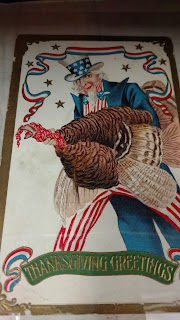Katie Higley processing papers

I try to ensure that my students have a variety of collections, formats, and experiences during their time in the Clarke, so they have diverse skills after they graduate to help them to find jobs. Katie's interest and focus is film preservation so she mainly processes and describes Clarke film. She is also pivotal in training and leading other students processing film. To expand her skill set, she just finished processing and creating a finding aid for a physical paper-based collection of John and Ingrid Hepler's letters to author Jett Whitehead. To learn more about the collection you'll have to read the finding aid which should go online next month. Now Katie heads back to processing film.








